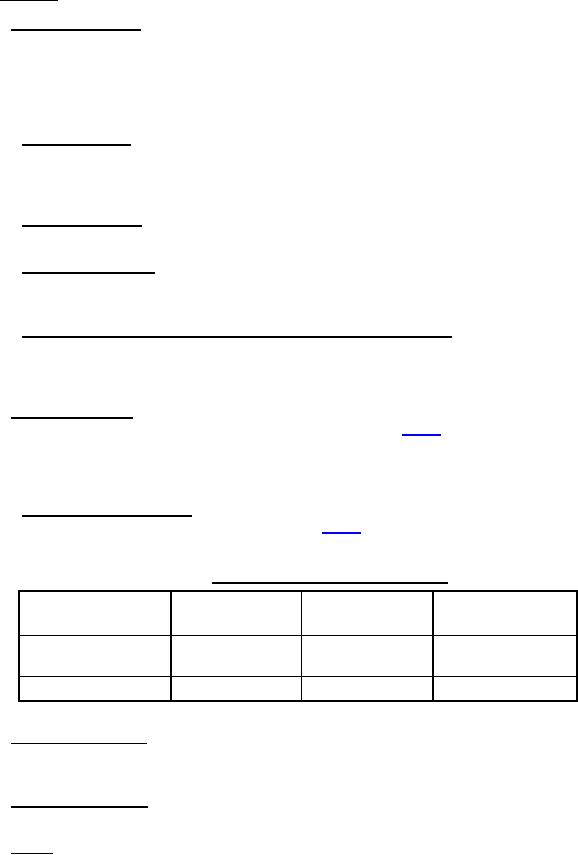
MIL-DTL-16377J(SH)
3.4 Materials.
3.4.1 General requirements. The materials used in the construction of the fixtures or parts shall be as specified
herein and of a type, class, form, and grade which is readily available from normal sources of supply without the
necessity for additional treatment or processing other than that which is normal to, or readily supplied by, the
industry. The contractor shall ascertain compliance of all materials with the minimum requirements and suitability
of each material for its specific use and for the service intended. Material requirements fall into three general
categories as specified herein.
3.4.1.1 Specific materials. Where a specific material and material specification is specified herein or in the
specification sheet, the material used shall conform to that specification. Materials purchased in accordance with
manufacturer s specification or specifications other than those indicated are acceptable only if materials and quality
assurance procedures do, in fact, conform to the minimum requirements of the referenced specification.
3.4.1.2 Substitute materials. Material of equivalent grade may be substituted in lieu of the specified materials,
provided that all other requirements of the individual specification are fulfilled (see 6.11).
3.4.1.3 Material not specified. Where a specific material is not specified or Naval Sea Systems Command
(NAVSEA) acceptance is not required, any material may be selected that will satisfactorily perform the intended
function in the fixture, light, or part and will otherwise comply with specification requirements.
3.4.1.4 Recycled, recovered, environmentally preferable, or biobased materials. Recycled, recovered,
environmentally preferable, or biobased materials should be used to the maximum extent possible, provided that the
material meets or exceeds the operational and maintenance requirements, and promotes economically advantageous
life cycle costs.
3.4.2 Prohibited materials. Flammable or explosive material, material which can produce toxic or suffocating
fumes, or material which can produce a smoke density rating above 50 (see table I) when burned shall not be used
unless specifically approved (see 6.11). Prohibited materials (toxic, flammable, fragile, radioactive, magnesium,
mercury, carcinogens, and asbestos), when allowed for the specific use, shall conform to the requirement of
MIL-E-917, except as specified herein.
3.4.2.1 Flammable plastic materials. As a guide, plastic materials, when not specified herein or in the
applicable specification sheet, shall be selected as specified in table I.
TABLE I. Flammability characteristics of plastics.
Specimen
Applicable Test
Characteristic
Limit
(Inches)
Method
Flammability rate
5L × ½W × ¼T
ASTM D635
1.35 max. inches per
minute
Smoke density rating
1L × 1W × ¼T
ASTM D2843
0 to 50
3.4.3 Fungus-inert materials. Fungus-inert materials shall meet Rating 0 or 1 of MIL-STD-810, Method 508
when tested for a period of 28 days per Method 508 of MIL-STD-810. See Guideline 4 of MIL-HDBK-454 for
additional information.
3.4.4 Arc-resistant materials. Arc-resistant materials shall be in accordance with MIL-E-917. See
Guideline 26 of MIL-HDBK-454 for additional information.
3.4.5 Metals. Metals shall be selected or processed and applied in a manner that provides corrosion-resistance.
Metals that are not inherently corrosion-resistant (see 3.4.5.2) shall be processed (treated, plated, or painted) to
provide corrosion-resistance.
5
For Parts Inquires call Parts Hangar, Inc (727) 493-0744
© Copyright 2015 Integrated Publishing, Inc.
A Service Disabled Veteran Owned Small Business